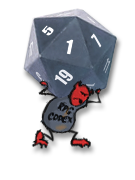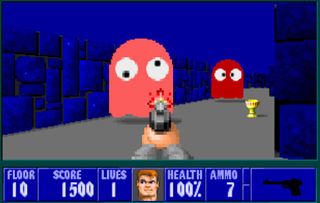How secret rooms created the magic and mystery of '90s first-person shooters
By
Jody Macgregor 18 days ago
The definitive history of why so many shooters told you "A secret is revealed!"
(Image credit: Apogee)
My enduring memory of the original Doom isn't sprinting from room to room shotgunning demons. It's rubbing against every suspicious wall, hammering the spacebar while Doomguy grunts and textures blur. Or flipping a switch, hearing a door open, then working back through the level to figure out where. That was the only way to find those secret rooms and avoid the frustration of finishing a level with a score of SECRETS FOUND: HA HA YOU SUCK%.
David Kushner's book Masters of Doom tells the story of how id went from making Commander Keen platformers to the definitive first-person shooters. It mentions that Scott Miller, founder of Apogee, wrote to id to suggest the first Keen game should have secret areas to increase its replay value, just as the Super Mario games had. John Romero, interviewed by our own Wes Fenlon, says their inclusion was never in question. "Of course Commander Keen is so Mario-like we had to put secrets in there," he says, "and so all the Commander Keen games have tons of secrets in them. Because the secrets in Commander Keen are so great and so fun, when we started making our shooters, even Catacomb 3-D had secrets in it."
Catacomb 3-D is often forgotten, but it was an important step between Hovertank 3D and Wolfenstein 3D back in the days when id felt the need to tell you in the title exactly how many dimensions a game had. But even though Catacombs 3-D demonstrated that secret areas worked in first-person—that it was fun to see a doorway appear in front of you, revealing a space you could walk around as if you were actually there—Wolfenstein 3D almost didn't have them.


















